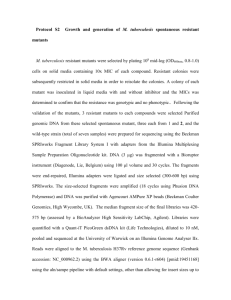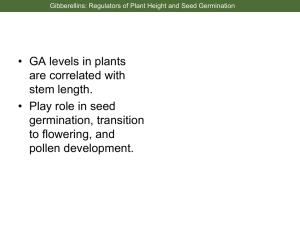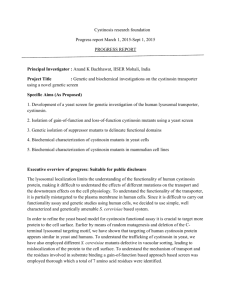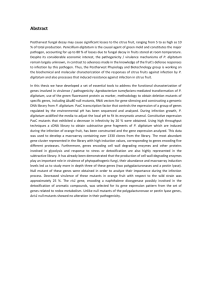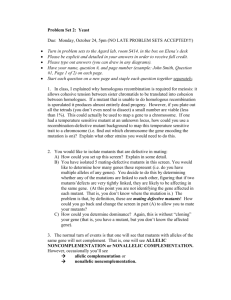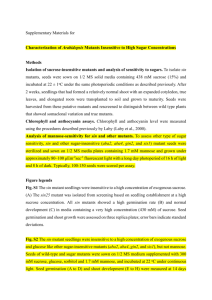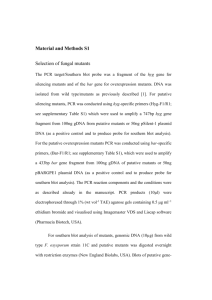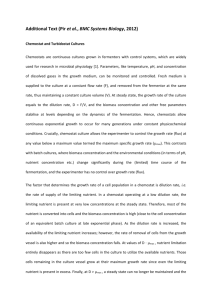tpj12650-sup-0005-Legends
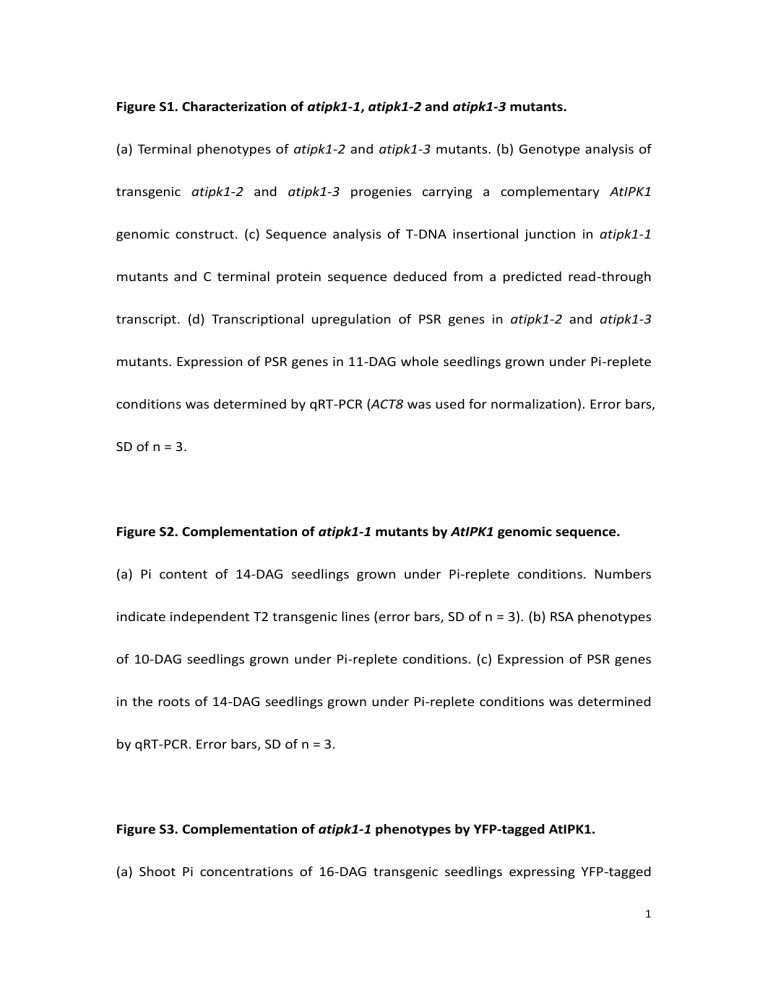
Figure S1. Characterization of atipk1-1, atipk1-2 and atipk1-3 mutants.
(a) Terminal phenotypes of atipk1-2 and atipk1-3 mutants. (b) Genotype analysis of transgenic atipk1-2 and atipk1-3 progenies carrying a complementary AtIPK1 genomic construct. (c) Sequence analysis of T-DNA insertional junction in atipk1-1 mutants and C terminal protein sequence deduced from a predicted read-through transcript. (d) Transcriptional upregulation of PSR genes in atipk1-2 and atipk1-3 mutants. Expression of PSR genes in 11-DAG whole seedlings grown under Pi-replete conditions was determined by qRT-PCR (ACT8 was used for normalization). Error bars,
SD of n = 3.
Figure S2. Complementation of atipk1-1 mutants by AtIPK1 genomic sequence.
(a) Pi content of 14-DAG seedlings grown under Pi-replete conditions. Numbers indicate independent T2 transgenic lines (error bars, SD of n = 3). (b) RSA phenotypes of 10-DAG seedlings grown under Pi-replete conditions. (c) Expression of PSR genes in the roots of 14-DAG seedlings grown under Pi-replete conditions was determined by qRT-PCR. Error bars, SD of n = 3.
Figure S3. Complementation of atipk1-1 phenotypes by YFP-tagged AtIPK1.
(a) Shoot Pi concentrations of 16-DAG transgenic seedlings expressing YFP-tagged
1
AtIPK1 proteins under Pi-replete conditions. N-terminus YFP-tagged AtIPK1
(YFP-AtIPK1) or C-terminus YFP-tagged AtIPK1 (AtIPK1-YFP) was expressed under the control of 35S promoter in WT or atipk1-1 mutants. Numbers indicate independent
T2 transgenic lines (error bars, SD of n = 3). (b, c) Comparison of RSA phenotypes between 10-DAG seedlings of WT, atipk1-1 mutants and transgenic lines.
Figure S4. Increased accumulation of PHF1, PHT1;1/2/3, PHT1;4 and PHO1 protein
in the roots of atipk1-1 mutants.
Immunoblot analysis of protein expressed in the roots of 14-DAG WT and atipk1-1 seedlings grown under Pi-replete (R+Pi) or Pi-deficient conditions (R-Pi). Expression of Actin is shown as a loading control.
Figure S5. Root transcriptomic comparison between WT, atipk1-1, and phr1(-like) mutants.
Venn diagrams of root transcriptomic comparison between genes affected by
atipk1-1 under Pi-replete conditions and PSR genes in WT (a), or those by phr1(-like) mutants (b). Numbers indicate differentially expressed genes (≥ 2-fold, P < 0.01).
Figure S6. Differential expression of PSR genes in the roots of WT and atipk1-1
2
mutants under Pi-replete and Pi-deficiency conditions.
Transcriptional changes of representative PSR genes relative to Pi-replete WT (WT+Pi) were determined by qRT-PCR in the roots of Pi-deficient WT (black bar,
WT-Pi/WT+Pi), Pi-replete atipk1-1 mutants (light-grey bar, atipk1-1+Pi/WT+Pi), and
Pi-deficient atipk1-1 mutants (dark-grey bar, atipk1-1-Pi/WT+Pi).
Table S1. GO enrichment of 1,086 differentially expressed (≥ 2-fold, P < 0.01) genes in the roots of atipk1-1 mutants under Pi-replete condition.
Table S2. The sequences of primers used in this study.
Dataset S1. Transcriptomic analyses of genes differentially expressed in the roots of
atipk1-1 mutants.
3

